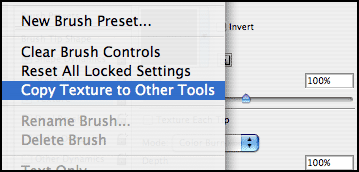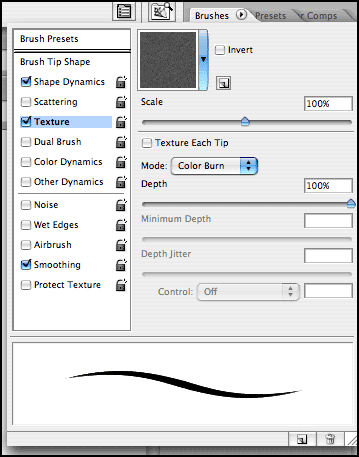Adobe Drops GoLive & Freehand
Well, it's finally official. Adobe, after purchasing Macromedia, is dropping one of it's own products - GoLive and one of Macromedia's former products - Freehand.
Looking back on GoLive, which started out as a promising web development tool for designers who didn't want to get stuck in code, the program was feature rich and growing in leaps and bounds, but faced much criticism because it started producing code that was non-compliant. Still, it was so ridiculously easy to layout a page on a grid and drag and drop elements into GoLive. What GoLive lacked was ease of use. It usually took me 3 clicks to set up something in GoLive whereas it would only take me 1 click in Dreamweaver. This decision by Adobe seems like a no brainer. Dreamweaver is the top-selling WYSIWYG application out there, even taking a bite out of FrontPage's market share.
The battle between Freehand and Illustrator has been raging on and on for a few decades. Each release made one edge out the other in cycles. Having used and taught both applications, the bottom line is if you started with Freehand, then you loved it and stayed with it, if you started with Illustrator and stayed with it, you loved that. Using or switching to the other app felt like using someone else's toothbrush. It just felt awkward. Even though you could do almost exactly the same thing with both programs. Again, this is a no brainer for Adobe, since Illustrator fits tightly within their Creative Suite and has taken the lead on vector Illustration.
This is one user who's not avertly affected by Adobe's decisions, but I'm sure there are others out there who won't feel the same way. It will be interesting to see what happens to other important products in Macromedia's former product line and Adobe's current products.
Looking back on GoLive, which started out as a promising web development tool for designers who didn't want to get stuck in code, the program was feature rich and growing in leaps and bounds, but faced much criticism because it started producing code that was non-compliant. Still, it was so ridiculously easy to layout a page on a grid and drag and drop elements into GoLive. What GoLive lacked was ease of use. It usually took me 3 clicks to set up something in GoLive whereas it would only take me 1 click in Dreamweaver. This decision by Adobe seems like a no brainer. Dreamweaver is the top-selling WYSIWYG application out there, even taking a bite out of FrontPage's market share.
The battle between Freehand and Illustrator has been raging on and on for a few decades. Each release made one edge out the other in cycles. Having used and taught both applications, the bottom line is if you started with Freehand, then you loved it and stayed with it, if you started with Illustrator and stayed with it, you loved that. Using or switching to the other app felt like using someone else's toothbrush. It just felt awkward. Even though you could do almost exactly the same thing with both programs. Again, this is a no brainer for Adobe, since Illustrator fits tightly within their Creative Suite and has taken the lead on vector Illustration.
This is one user who's not avertly affected by Adobe's decisions, but I'm sure there are others out there who won't feel the same way. It will be interesting to see what happens to other important products in Macromedia's former product line and Adobe's current products.





